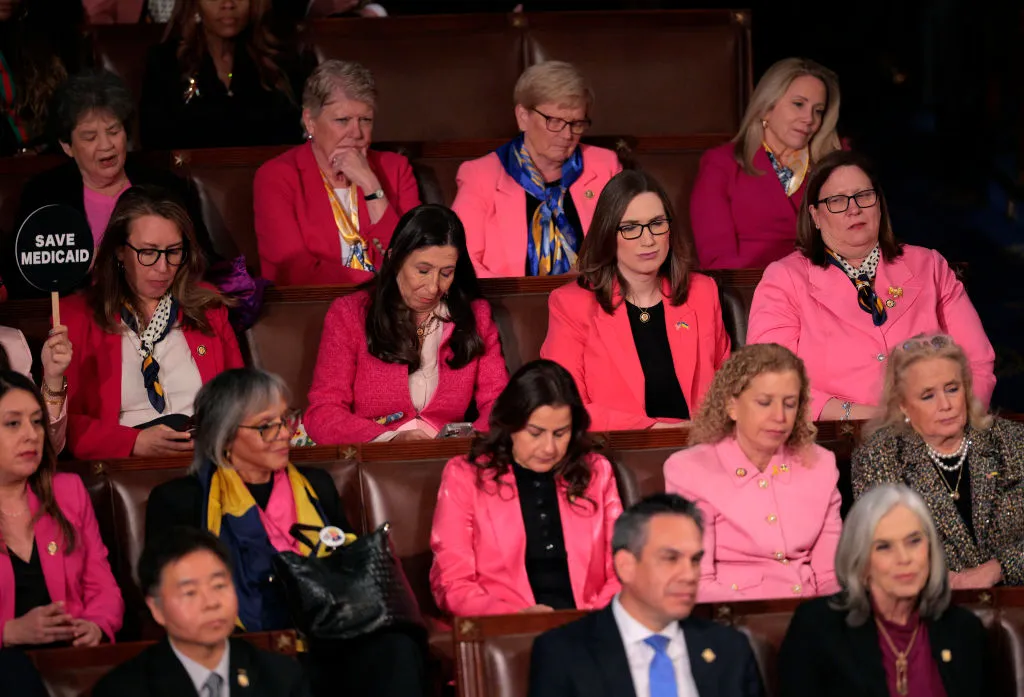The Deconstruction of the Femme Fatale Trope

https://www.brightwalldarkroom.com/2016/04/03/the-nine-lives-of-the-femme-fatale/
March 3, 2021
Traditionally the femme fatale film trope was popularized in the ’40s and 50’s film noir as the villain in a man’s story. The trope is known as a woman with striking looks and usage of her sexuality to lure men into their own demise. A Maneater—the femme fatale trope can be traced back to even 1500 B.C.E. when the story of Adam and Eve was written. The first woman, Eve, ate the forbidden fruit followed by Adam, and at once both became ashamed of their nakedness. Elements of the femme fatale can be found in Eve tempting Adam to eat the forbidden fruit. Although Eve does not have the usual manipulative intent a classic femme fatale usually flaunts, she does bear a resemblance and can be used to trace the cultural history of the trope.
The Femme Fatale also has a long history present in greek mythology such as the stories of Circe and Clytemnestra. Sirens, another popular greek mythology folklore lured young sailors on their journeys with their enchanting voices and were seen as an obstacle in the hero’s journey to fame and fortune. Eventually, sirens evolved into the modern mermaid, and elements of the femme fatale mermaid can be seen in the Disney movies: Little Mermaid and Peter Pan. Additionally, nymphs who are usually depicted as young, pretty girls, were goddesses of nature and in several tales can be cited pursuing men and not taking no for an answer.
Clearly, the femme fatale archetype has always been to some extent present in literature and film. So, what does the femme fatale represent? It’s important to note here the antithesis to the femme fatale, the girl-next-door. The girl-next-door is the male protagonist’s love interest and eventual conquest in a narrative. Both the femme fatale and the girl-next-door are notably beautiful but the girl-next-door is unaware of her beauty and does not use her sexuality to her advantage. The femme-fatale is a villain, an obstacle the male protagonist must overcome to achieve success, while the girl-next-door is often the success/end-goal in the plot usually serving as character development and closing exposition in the story.
Why is the antithesis of these two tropes significant? The dichotomy of the femme fatale and girl-next-door trope is reminiscent of Sigmund Freud’s coined “Madonna-Whore dichotomy” or the viewing of women as “good” and virginal (“Madonna”) or “bad” and promiscuous (“Whore”). It comes from the belief a woman cannot embrace sexuality and be kind, nurturing, and respected by society. If the girl-next-door trope is a pop-culture manifestation of the “Madonna” and the femme fatale is the “Whore” then what is the purpose of the femme fatale trope?
When it was first popularized in the film industry by film noir the purpose was for the promiscuous women to be punished for their sexuality through the downfall of the femme fatale instead of its male victims. The femme fatale served as a lesson to not embrace sexuality as a 40’s/50’s woman. The trope ultimately upheld the patriarchial belief of a woman’s sexuality to be dangerous and to use it to one’s advantage to be immoral. Towards the end of the ’50s, the trope began to appear less and became a background character in most films until it’s reinvention in the ’80s and 90’s.
Why does the femme fatale always meet such a cruel demise in film noir? The Crime Reads, article “The evolution of the Femme Fatale in Film Noir”, describes the danger of the femme fatale as being “out for herself: she doesn’t exist in service to or for men,” There is a level of intimidation when a woman realizes the power of her sexuality and uses it for herself. A women’s sexuality in a patriarchal society has been suppressed and oftentimes ‘slut-shaming’ is used by women and men to degrade promiscuous women. Therefore a femme fatale (or a woman in touch with her sexuality) is shamed because she has found a way to exploit the patriarchal society for her own benefit.
In the neo-noir films of the ’80s and 90’s the trope once again evolved. Films began to explore the backstory of a femme fatale as a protagonist. In the 1981 film Body Heat, the femme fatale walks away unscathed with cash from her dead husband, and her ex-partner in jail for the murder they had both planned. This time the femme fatale did not meet her common fate of jail or death. Body Heat is emulated in the neo-noir femme fatale hay day, therefore, paving the way for the modern femme fatale.
Modern depictions of the femme fatale such as 2014’s Gone Girl uncovers the anxieties of becoming the “Cool Girl” for men and reveals how in some aspects the femme fatale’s rebellious nature is just another way women cater to men. The modern take includes characteristics of intellect, outsmarting male counterparts, and getting away with their crimes. The modern femme fatale trope can now go to new lengths by exploring the nuances and common struggles of women’s sexuality.
What’s the overall takeaway from the evolution of the femme fatale?
The femme fatale trope showcases the reinvention of tropes in an empowering light. A trope that was once used as a cautionary tale is now a device to further explore the modern woman’s sexuality.








